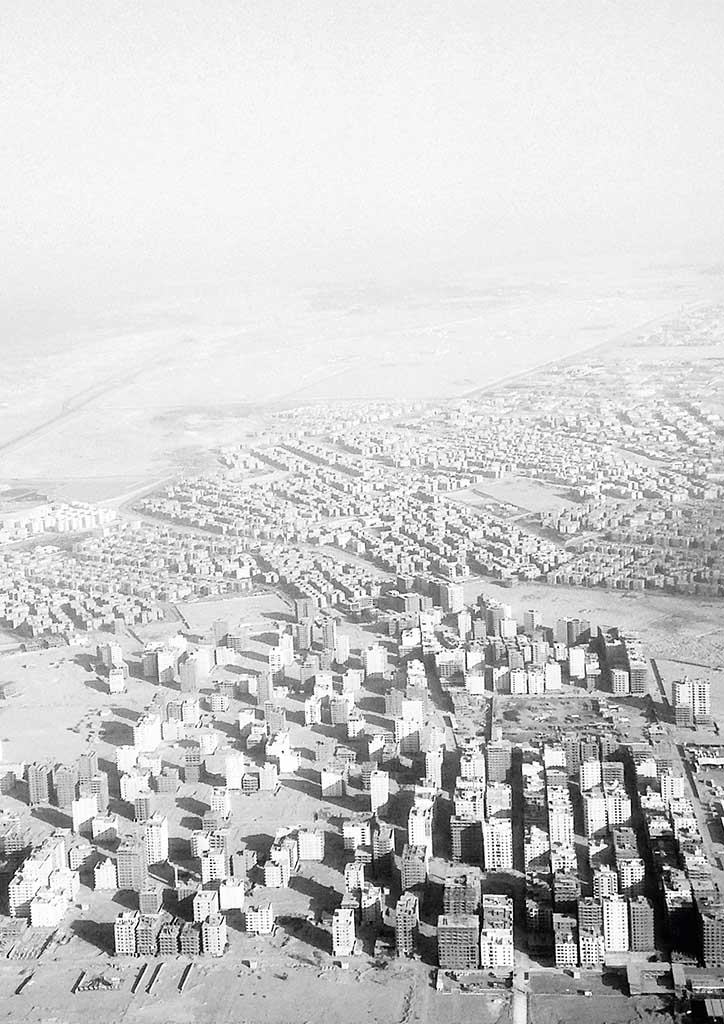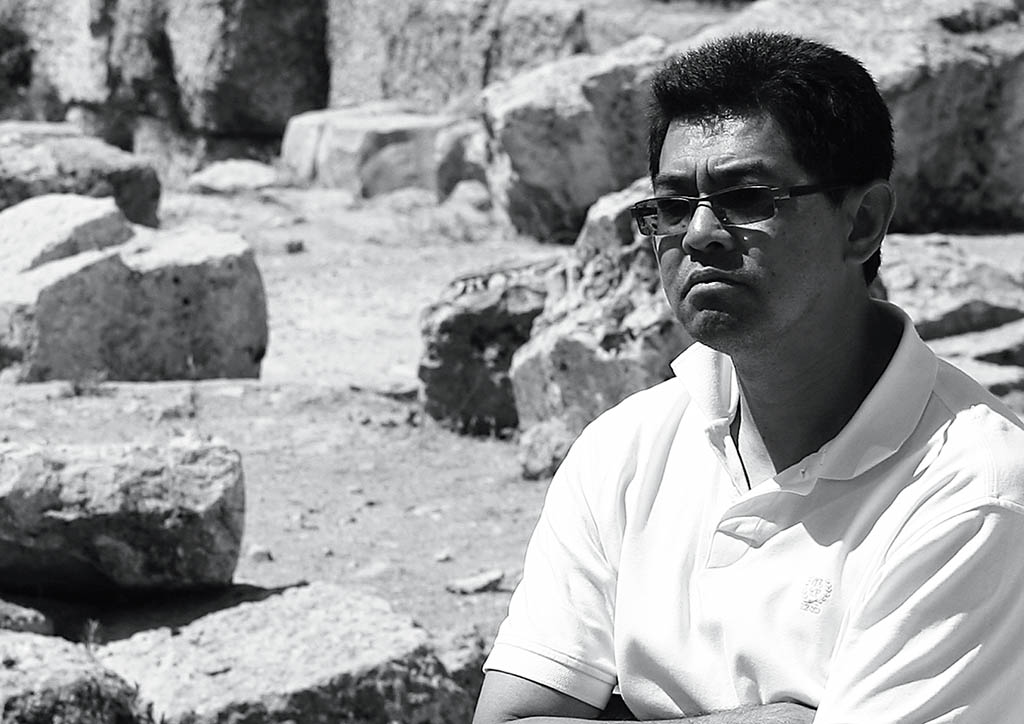
How does architectural education equal distance, speed, and time?
My work takes me to distant places that have been around for a very long time. When you are asked to design in such places, where the continuity of human settlement is measured in terms of millennia, you cannot escape the perspective of history. On the one hand, the job assumes an air of significance as you consider its sheer scope and sociopolitical dimension, while on another—as you view it in the anonymity of the vast, encompassing landscape—it immediately dissolves into a mere strand in time.
When you look at formal education in this light (and this is not confined to Philippine architectural education) you are struck by its relative insignificance. If you get lucky enough to be blessed with a 40 plus-year career (since we don’t really hit our stride until the latter years) then college is a mere ten percent of our occupation. This is not to diminish the importance—the privilege—of architectural education in an institution; but in the scale of time and distance five years is a pittance.
[one_half padding=”0 15px 15px 0″]

I was mentored by an architect who wasn’t even “schooled” in architecture. He was a literature major who happened to interview Richard Neutra for a book sometime in the 1950s and he ended up as Neutra’s close associate for the next 11 years. After Neutra, he spent the rest of his years with the firm where I worked part-time while in my third year of school. I was lucky. He has retired recently, but we have stayed in touch over the past 25 years; in fact, we meet for lunch occasionally at the same restaurant because its courtyard is spare and the tables are fully lined in white paper. We get to sketch on the table lining as we talk, using the same Pentel sign pens. Still teaching and learning, with no agenda, no forethought. And that’s the beauty of it.
We forget that Brunelleschi was a goldsmith, Paxton was a horticulturist, Ando did some prizefighting and carpentry. Wright didn’t even major in architecture. Here’s the point: Don’t get hung up on school. And another thing, which may sound rather peculiar: Don’t put too much stock in board exams, which, by the way, prove nothing more than entry-level competence to any profession. What we do is so far-reaching, so impactful, and so goddamn difficult that it takes the totality of life’s lessons and the cooperation of human beings from all persuasions just to make it real and worthwhile. It can never be defined by paper certificates obtained in the infancy of a career.
Here’s the point: Don’t get hung up on school.
But let’s set that aside for a moment and get back to architectural education in the Philippines. One way of framing a topic as big as that is to take a look at the relationship between the entities of distance, speed, and time. This should be familiar to anyone who didn’t ditch physics in high school.
Distance makes us grapple with the fundamentals: What do I want to do? Where am I going? What is my purpose? It’s been 20 years(as of writing), but I do remember telling freshmen (and seniors with equal earnestness) at the University of Santo Tomas that not all of them would practice architecture and that that was perfectly fine. But all of them ought to capitalize on the unique attributes afforded by architectural education: problem-solving in four dimensions, critical thought, collaboration, and sheer creativity. These would serve them well in any endeavor they may choose to pursue.
YOU MIGHT LIKE: Architecture education should adapt to the realities of the profession
I had hoped that some would become entrepreneurs (and if so, be a good one and be a good patron of the arts while you are at it), some could find themselves in politics (and if so, be a good one however dauntingly impossible that would be!), most would practice being sure, and some yet would wind up abroad.¹ In any case, distance has to do with breadth: your intellectual reach and integrity. It is the product of work and time. School is an excellent start to develop a well-rounded view of things. And the more you apply this over time, the deeper you can reach into your own well of ideas.
Speed is work—the rate of motion or progress itself. Good work depends on the quality of your thinking and values over time. In practical terms, this is what gets you hired (not the manifesto); and its progression is what keeps you hired by an employer or a client. Work is all about the realization of ideas: it is tactile, physical, and vigorous (even as the means of work has turned digital).
In any case, distance has to do with breadth: your intellectual reach and integrity. It is the product of work and time.
We casually talk about individuals and firms that “do good work” without much appreciation for the fact that the actual work—the physical manifestation of architecture—does not even come from the architect at all. We merely communicate ideas to builders who make it real. And then there’s the owner—the one who writes the checks and determines what to build—who ultimately makes the whole endeavor possible. Architecture is an incredibly complex act. We delude ourselves into thinking of ourselves as “leaders” and “conductors” (a hackneyed metaphor) in this complex production when, in truth, we are at the mercy of so many uncontrollable circumstances. Good projects and good buildings are rare achievements especially in these times, and considering the totality of what gets built at any given time on the planet, good architecture indeed is nothing short of a miraculous act.
And all of this takes time. There are no shortcuts. Efficiency demands that we do the most with the least, but even getting there implies pitting knowledge and observation against a great deal of testing or trial and error. Arches developed into domes and vaults in the same way the production of automobiles has gone from days to hours to minutes.
READ MORE: A manifesto for architecture education in the 21st century
So what does all this have to do with the Philippines? Nothing. Everything.
Nothing, because good education and good architecture should be boundless and timeless. Excellence is not possible with parochialism. One of the mid-century Modernists, Raphael Soriano, was fond of musical allusions, and he once remarked that a masterly stroke on a violin is not remembered as a French stroke or a Russian stroke or whatever; it is simply appreciated as a masterly stroke. Fair enough.
Everything, because good education and good architecture should be grounded and relevant. And this, alas, is the crux of the matter. An Architecture worth doing is one that responds to the spirit of the age—to the very demands of the day. In the Philippines, our perennial affliction is invisibility—the abject indifference towards the poor. There are myriad technical explanations as to why the cities are unlivable, why the infrastructure is broken, and how the natural world has gotten fragmented. None are satisfactory and all can be traced one way or other to this: You can’t care for what you no longer see.
We have been building—“developing”—in half-mirages: half-real because they deny the very existence of those who build and maintain them. Theirs is an invisible world—beneath the one we inhabit. And the cornerstone of the one we live in is hunger.²
An Architecture worth doing is one that responds to the spirit of the age—to the very demands
of the day.
I am not suggesting that architecture will (or should) cure the social ills of society. It won’t. It never has and it never will, lest Pruitt-Igoe reminds us (and if the seniors are wondering what Pruitt-Igoe is, they need to stay in school a little while longer). But Architecture worth doing is one that advances the commonweal, however modest or ambitious in scope. Hence, an architectural education worth having is one that strives towards the expansion of conscience. You must demand your educators the means to achieve this end. If your curriculum needs to morph into planning, so be it. If it needs to be more inclusive of other environmental disciplines, so much the better.
You must demand of yourselves the same and more. Much more! I cannot fault you for aiming for fame and fortune (and may that come indeed). But whatever you may become—that architect, that builder, that entrepreneur, that patron, that artist, that policymaker—I hope you will play your part in building that world where humanity is in full view; where hunger and injustice are not simply invisible, but resolutely non-existent.![]()
YOU MIGHT LIKE: Professorial Typologies: The different professors you will meet in Architecture school
¹ This is a topic unto itself, and it strikes home considering there are over 10 million Filipinos working overseas (a million alone in Saudi Arabia), and because a good number of OFWs are architects, myself included. It is common knowledge that the export of Filipino workers to over 170 countries—thanks to a government decree in 1974 to “facilitate the movement of workers in conformity with the national interest”—is the country’s source of foreign exchange and means of poverty alleviation. OFWs are hailed as economic heroes even as they, and ultimately the nation, bear the consequences of separation and abuse. OFWs are treated as second-class citizens in ‘host’ countries where racism and indifference are appallingly pervasive.
² From Ursula Le Guin’s collection of essays, Dancing at the Edge of the World, she poignantly addressed the subject of hunger through Pablo Neruda’s description of the fabled Machu Picchu, particularly, how it was built on the suffering of its people: “It says that so long as the beautiful towers of stone, of concrete, of glass, are not well-founded, they are not habitable. No house worth living in has for its cornerstone the hunger of those who built it. We in America now raise our cities taller even than Machu Picchu. But along with what they call the “real” city, the “real estate,” there is an invisible city. It is to the stones of the city as the soul is to the body. And that’s what we’re talking about. That is the city we’re trying to build, to found, not on hoarding and moneymaking and hunger, but on sharing and on justice. A house that deserves its children.”
The Author

As of the first publication of this commentary, Henry V. de Jesus is an Associate in the Los Angeles office of Perkins and Will. He is frequently on assignment in the Middle East and North Africa. As a senior project architect, he oversees the technical execution of healthcare and higher education projects. He still devotes time with Architecture students at Cal Poly where he was “schooled” and where, for a brief quarter, had Raphael Soriano as a teacher. Henry taught at the University of Santo Tomas in the late 90s. He is now a Senior Project Architect at the Los Angeles office of SmithGroup.


